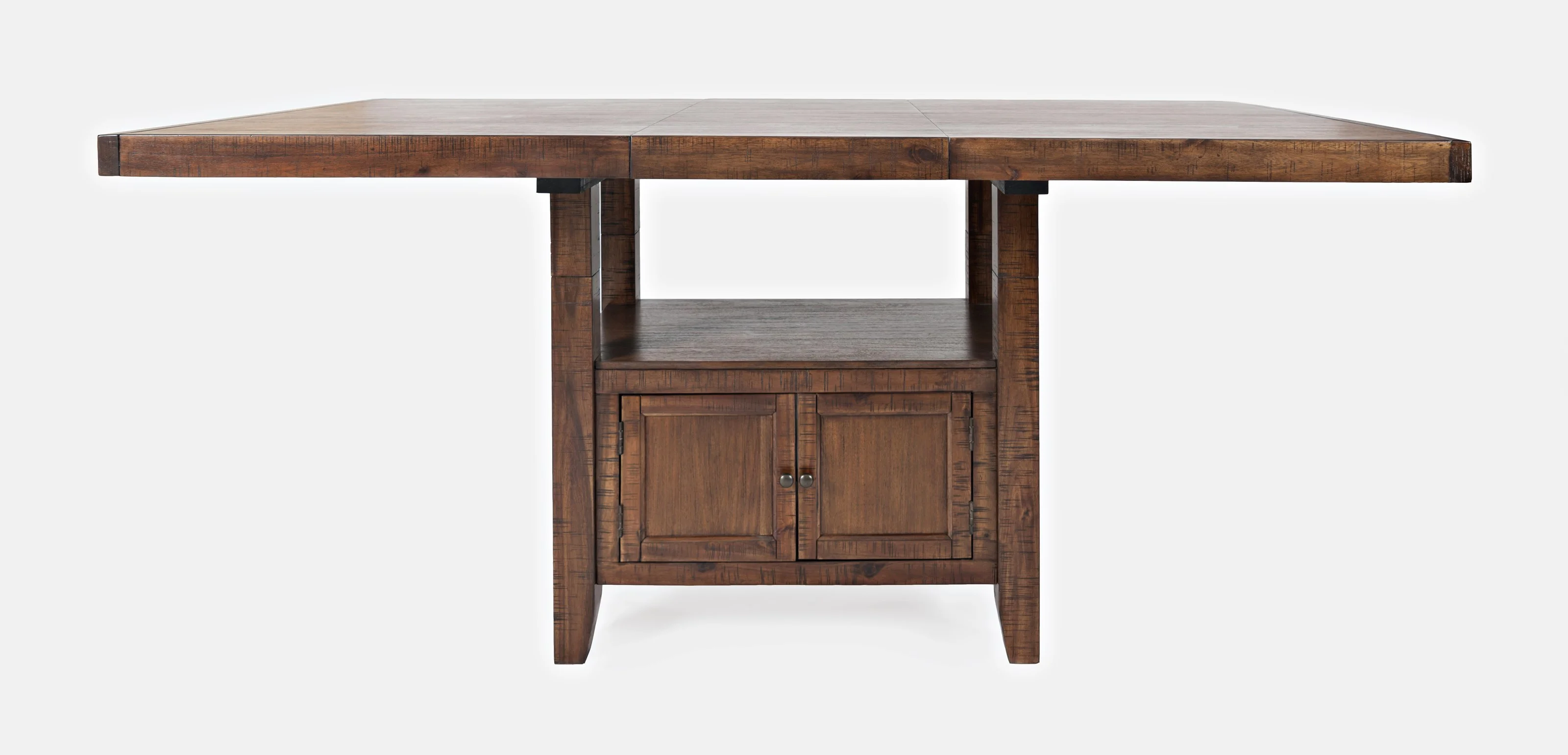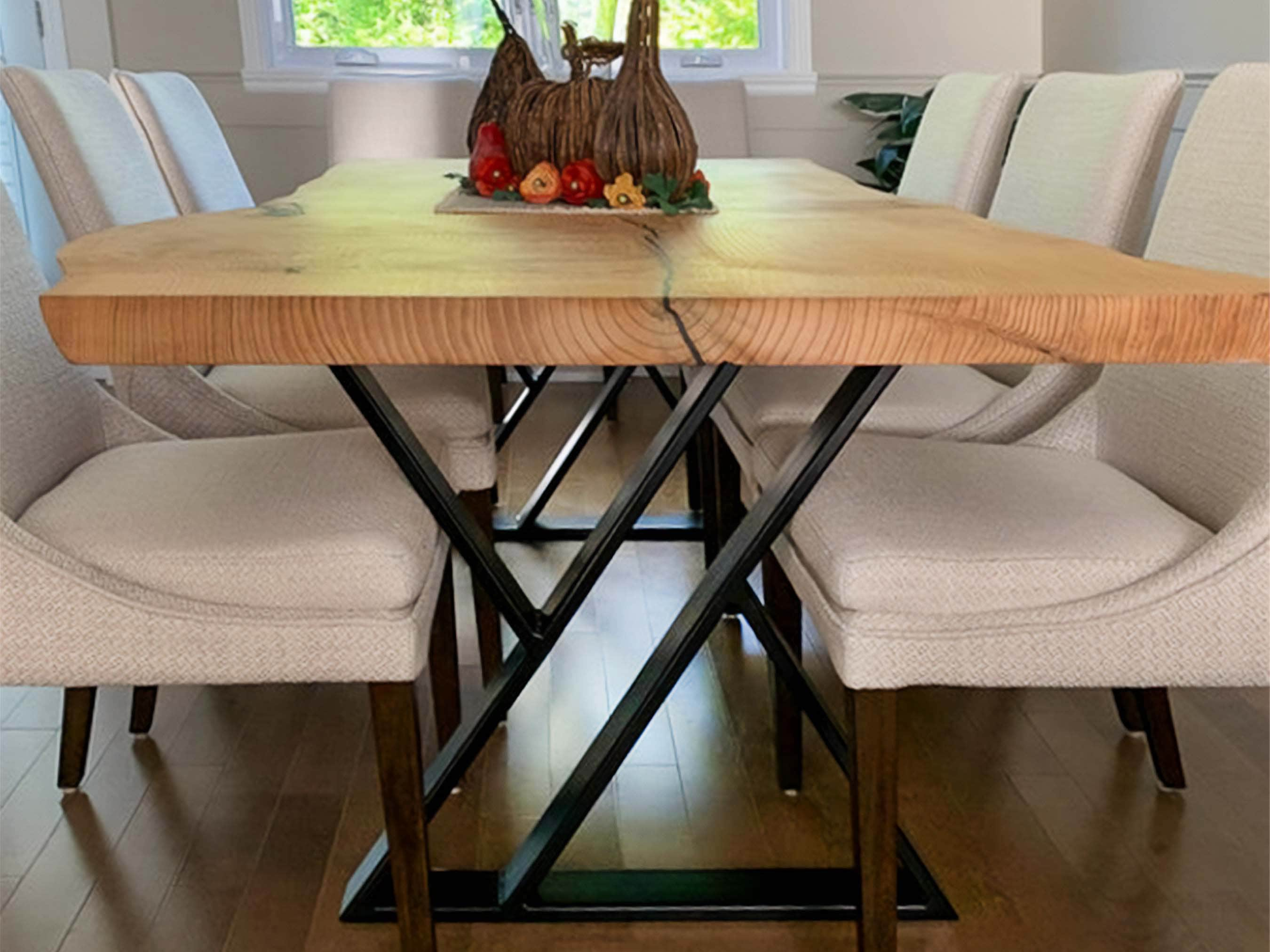Creative Ideas for Replacing or Refurbishing Your Dining Room Table Legs
Creative Ideas for Replacing or Refurbishing Your Dining Room Table Legs
Blog Article
From Traditional to Modern: Find the Perfect Dining-room Table Legs for Your Style
The choice of eating area table legs plays an essential function in defining the general character of your room, bridging the void between standard workmanship and modern aesthetics. While traditional layouts such as cabriole and turned legs evoke a feeling of classic class, contemporary designs like hairpin and geometric choices present an opportunity for striking visual rate of interest. Assessing the appropriate equilibrium in between these styles requires a nuanced understanding of your existing design and individual preference. As you think about these components, the question remains: how can you effortlessly integrate these diverse leg styles to create an unified dining experience?
Understanding Table Leg Styles
The range of dining area table leg styles can considerably affect both the aesthetics and capability of the room. Each leg design adds unique aesthetic elements and sensible attributes, catering to varied layout preferences and use needs. Comprehending these designs is important for selecting the best table that straightens with your general interior decoration vision.
As an example, tapered legs provide a clean, timeless look that can enhance a room's beauty, while stand bases offer stability and make the most of legroom, making them ideal for smaller sized rooms. Barrette legs, a characteristic of mid-century contemporary style, present a commercial flair, enabling an airy, open feeling. Trestle legs stimulate rustic charm, providing durable support and a sense of eternity.
Additionally, the selection of products plays a substantial role. Wooden legs can bring heat and appearance, whereas metal options usually share a sleek, contemporary ambiance. Eventually, comprehending table leg designs is essential for creating a cohesive dining location that reflects personal design while making certain functionality and convenience. By thoughtfully taking into consideration these elements, you can boost both the visual and functional charm of your eating area.
Standard Table Leg Options
When selecting dining-room table legs, traditional choices typically embody ageless style and workmanship. These styles reflect an abundant heritage and a dedication to high quality, making them perfect for those who appreciate classic visual appeals.
One of the most legendary standard leg styles is the cabriole leg, identified by its graceful curved form. This layout commonly features ornamental makings and is most frequently discovered in Queen Anne and Chippendale furniture. One more prominent alternative is the transformed leg, which flaunts a collection of smooth, rounded forms that supply a classic appearance while keeping stability.
Moreover, the straight leg, while straightforward, supplies a sturdy and unadorned structure that can blend effortlessly with a selection of tabletop styles. For those attracted to ornate outlining, claw-and-ball feet legs stimulate a sense of grandeur and can work as a magnificent focal factor in any type of eating area.
Finally, pedestal bases, although you can try this out not purely legs, supply a different conventional option that permits adequate legroom and can be perfectly sculpted. Each of these typical leg designs adds to the general setting of a dining-room, marrying function with aesthetic charm.

Modern Table Leg Designs
Modern table leg styles supply a varied array of designs that highlight ingenious products and tidy lines. These designs frequently prioritize capability while offering as striking focal points within a dining room. Minimalist appearances are common, with legs crafted from materials such as metal, glass, and engineered wood, which add to a modern and ventilated feel.
One preferred layout is the barrette leg, identified by its slim, tapered framework that provides security without overwhelming the table top (dining room table legs). This style is frequently discovered in mid-century contemporary furniture and can easily enhance different table shapes. One more trend is making use of geometric forms, where legs may take on unbalanced or angular types, adding visual rate of interest and a touch of creativity

Blending Designs for Special Rooms
Typically, home owners look for to create distinct dining rooms that mirror their personal design by mixing numerous design components. This technique permits the consolidation of varied aesthetic appeals, resulting in an unified yet distinctive atmosphere. Pairing a rustic wood table with smooth, contemporary steel legs can develop an eye-catching comparison that boosts the space's total allure.
Furthermore, incorporating vintage table legs with modern tabletops can evoke a sense of history while keeping a modern-day sensibility. Such mixes not only display individual preference but additionally motivate creativity, enabling property owners to curate a room that really feels both personal and welcoming.
Shade plays a crucial duty in this blending procedure; choosing table legs that complement or contrast with the existing color design can enhance visual interest. For instance, whitewashed legs can soften the daring of a dark table surface, producing a balanced visual.
Tips for Choosing the Right Legs
Selecting the right table legs is crucial for accomplishing both capability and aesthetic charm in official statement your eating room. Begin by taking into consideration the overall style of your space. Standard settings take advantage of legs that feature intricate makings or turned layouts, while modern rooms may require sleek, minimalist designs.
Following, examine the height and stability of the legs. dining room table legs. Common eating tables range in between 28 to 30 inches in height, so guarantee the legs complement this dimension for comfort. Furthermore, durable products, such as hardwood or steel, can boost stability and long life
Evaluate the leg form too-- choices include directly, tapered, or stand layouts. Straight legs offer a timeless look, while tapered legs can add this article a touch of elegance. Pedestal bases provide enough legroom and are excellent for smaller sized rooms.
Conclusion
In recap, choosing the perfect dining space table legs requires careful factor to consider of both contemporary and standard designs. By harmonizing leg style, height, and product with the overall décor, a natural and welcoming environment can be achieved.
The range of dining area table leg designs can substantially influence both the visual appeals and performance of the area. Eventually, recognizing table leg designs is necessary for developing a cohesive dining location that shows personal design while making sure functionality and comfort.One of the most famous standard leg designs is the cabriole leg, identified by its elegant bent shape. Straight legs offer a classic look, while tapered legs can add a touch of beauty.In summary, choosing the excellent eating area table legs requires cautious factor to consider of both typical and contemporary designs.
Report this page